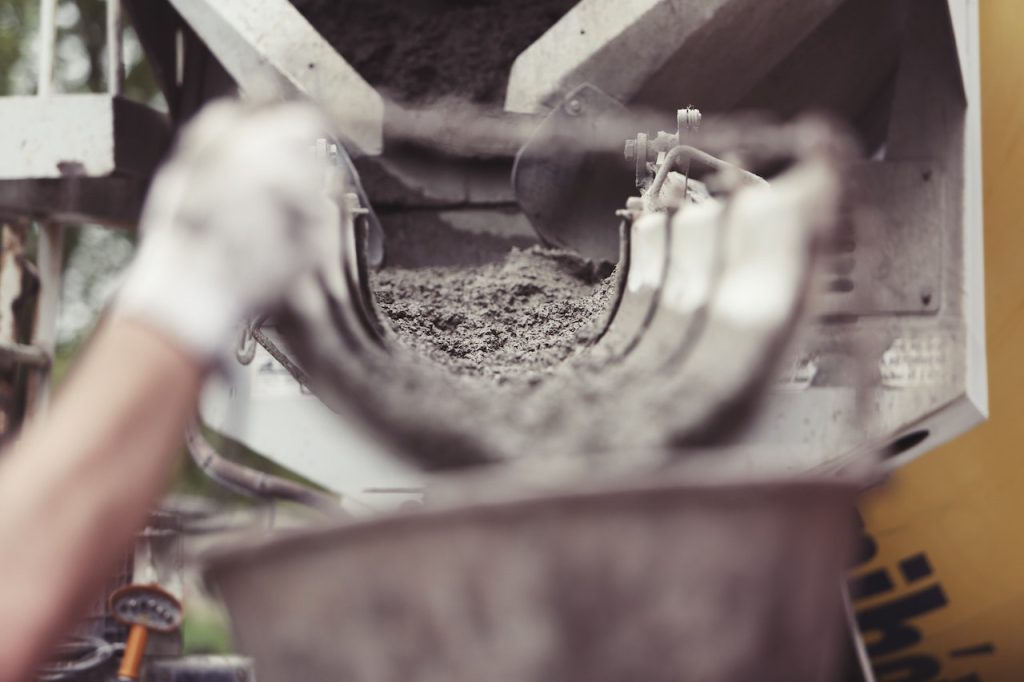Polyvinyl chloride otherwise known as PVC or commonly known as vinyl is the third most produced plastic material after polyethylene and polypropylene. PVC is widely used in construction as PVC pipes, ceiling tiles, vinyl tiles, vinyl siding, *vinyl fence and others.
Due to its chlorine content, PVC has a superior fire-retardant quality compared other plastic materials. It is not ignited easily since its ignition temperature can be as high as 455 degrees Celsius. When ignited, heat given off by PVC is considerably lower that it does not easily spread the fire to other nearby materials.
The amorphous structure and polar chlorine atoms in the molecular structure of PVC allow it to mix well with other substances creating a PVC product having any or a combination of these properties such as flexibility, elasticity, impact resistance, anti-fouling, prevention of microbial growth and fire-retarding.
PVC is a general-purpose plastic since it can be easily designed to exhibit various properties by adding plasticizers, additives and modifiers. Coloring agents and printing of designs are easily added to produce a wide variety of colors and patterns such as wood grain, metallic tones and marble. PVC products easily mimic the look of any finishing materials.
Disclaimer; This wiki article is contributed by our members without formal peer review and should not be taken as legal or contractual advice. All information read here is without any implied warranty of fitness for any purpose or use whatsoever. Even articles that have been vetted by informal review may later have been edited inappropriately, just before you view them.

